Democratic People’s Republic of Korea – DPRK – that’s how people of North Korea wish to be named. Possibly the most closed country in the world – only 4 to 6 thousand Western tourists visit yearly this communistic country, however considerably more, as much as 100 thousand Chinese people decide to spend their vacation there.
Soviet Union (USSR) and North Korea similarities
Food in DPRK
Currency
Entertainment in North Korea
5 Days Trip in North Korea (DPRK)
Taking pictures in North Korea (rules)
How safe is it in North Korea and if it is an ethical tourist destination? These are very controversial questions and can’t be answered with a “yes” or “no” – there are just too many nuances to be considered.
*Disclaimer: all content is a personal experience and may differ from any other individual opinion. Any action you take upon the information on this website is strictly at your own risk.
The 1950 – 1953 Korean War ended in a ceasefire and not a peace treaty, leaving the Korean Peninsula still in a technical state of war, tearing families apart by building a border and dividing the country in two. Tourists are under surveillance at all times during their trip, but if you play by the rules, following all the instructions it’s actually one of the safest countries to visit. Every movement is controlled, watched and highly choreographed. Visitors are invited to see only the places DPRK wants them to see.
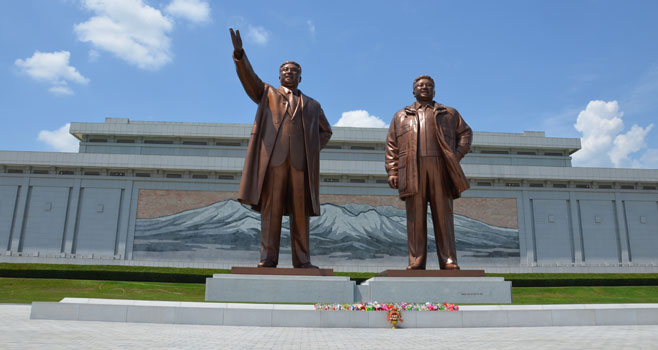
Before entering the country, it is strongly advised to delete all politically incorrect content from the phones that might be offensive to the current regime in DPRK. No GPS signs should be seen on the cameras and the lenses should not exceed 300mm. Books are subject to a random control – no religious literature or attributes are allowed to be brought into the country. We were warned to strictly follow the instructions of the local guides and take pictures only with their permission. Only full frame pictures of the leaders. No pictures of Military and construction work. No independent movement in the country – stay always in the group supervised by the local guide. You may ask questions, but that doesn’t mean you will get all the answers… Any disrespect against the North Korean nation, its leaders and its symbols are regarded by North Korean authorities as very offensive. For “security reasons” passports would be collected by your guides and handed out only when you leave the country. We were allowed to keep our cell phones but there is no ordinary roaming or wi-fi. However, tourists can buy a ridiculously expensive SIM card.
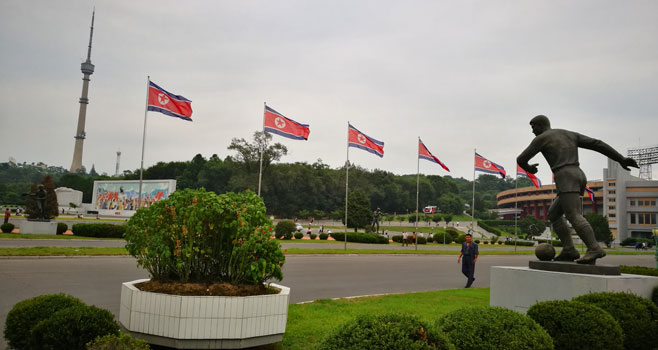
Food in DPRK
Breakfast buffet had continental and Chinese food choices.
Lunch and Dinner meals most of the time were Korean cuisine, sometimes with Chinese or Western influence. Some people from our group even ordered a dog soup. Of course, Kimchi was never missed on the table. The good thing about the North Korean food – they use seasonal vegetables for the meals as the import of the goods is very limited. Also the use of pesticides is limited as it needs to be bought abroad. Overall food experience was very good – various food served in exaggerated portions so that we were never able to finish all plates. Probably that was one of the way to show foreigners that there is enough food in the country.
A pleasant surprise was also the absence of up-pricing in the restaurants and bars – food and alcohol (local products) would be billed as per supermarket value. One-liter bottle of local beer was less than one dollar.
Entertainment in North Korea
Most Asians are crazy about Karaoke – North Koreans are too! During the weekend and the National Day we saw a lot of local people enjoying a picnic and singing karaoke in the public parks. Tourists may enjoy karaoke games in the bars of the hotels.
Pyongyang has a circus and a theater and an entertainment park with roller coaster rides.
Currency
Dollars, Euros and Chinese RMB are most than welcome everywhere. As tourists won’t be allowed to shop in the local stores – they don’t really need the local currency.
Rules for Photography in DPRK:
- No professional video cameras
- Digital cameras should have less than 300mm
- Make sure you have no GPS labels on your electronics
- Pictures of the leaders have to be taken in full frame
- No pictures of construction work, military and sceneries that might portray the country in a bad way.
- In general, taking pictures is only allowed when signed off by the guide
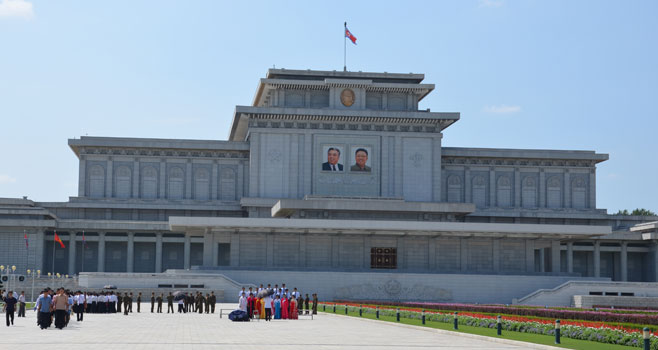
Soviet Union (USSR) and North Korea similarities
Food in DPRK
Currency
Entertainment in North Korea
5 Days Trip in North Korea (DPRK)
Taking pictures in North Korea (rules)
5 Days Trip in the North Korea (DPRK)
All tourist groups in North Korea are following similar itineraries flying in from Beijing, China for the 5 Days trip. However, for those with more time, there is a possibility to cross the country by train.
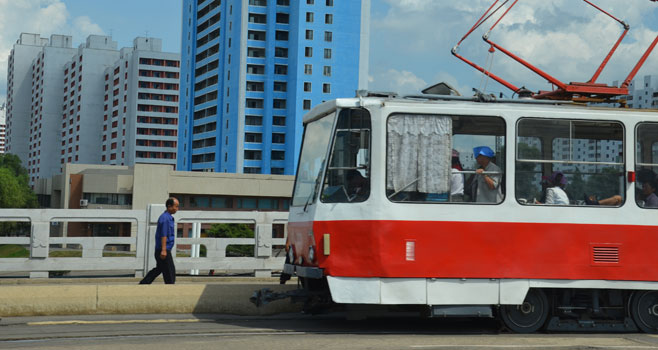
Day 1
The first glimpse of the city was the visit to the Arch of Triumph in the afternoon of our first day in DPRK. From the top of the monument we could see thousands of people practicing for the Mass Dance in the Square. There were not many cars on the roads of Pyongyang and, as we saw later, on the local high ways as well. Most of the vehicles are in the government ownership. Private cars are the privilege only of the small circle of the leadership. Local people are using bicycles and public transportation like tram, trolley-buses and metro.
We had dinner in the Korean restaurant where we tried the famous Cold Noodles dish.
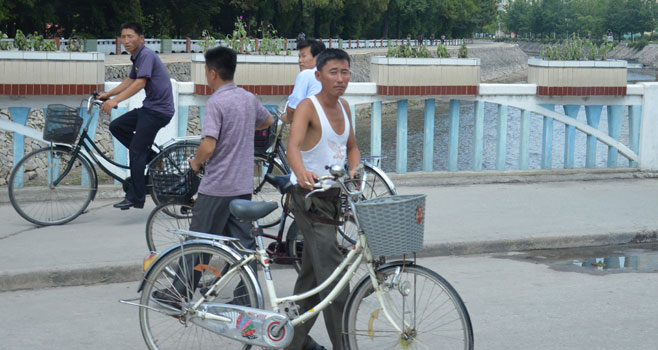
Day 2
Kumsusan Memorial Palace is considered to be the most sacred place in North Korea. We were asked to dress in a formal outfit. The visit there resulted in a really unexpected moving experience with a cultural shock for some. The tourists are brought into a huge room in the middle of which on a high pedestal the body of the leader was resting in peace. In groups of four, people were moving around it, stopping on each side and bowing in respect. We bowed. Everyone bowed. (remember) Respect and follow the playbook. If you are not comfortable with anything, you need to inform your guides in advance to avoid awkward situations. The locals from rural areas were so touched that some of them really cried and sobbed during the tour.
Our next stop was the monument to the leaders surrounded by a public park. As it was a day off – there were a lot of local people having a picnic and singing karaoke.
In the afternoon our micro bus took us to see the cooperative farm in the Sariwon region. We were allowed into a farmer’s house and were shown the farm with nicely maintained greenhouses and fields with crops. Small rooms of the farmer’s house had few furniture pieces and a small TV! – so I believe, that was a reach farmer family house! When we asked, if there were a toilet that we could use – we were told that we could use the toilet in the farmer’s house. However, it was a small cabin outside the house with a hole in the ground. We opted to wait few hours more to come back to the city.
On the way back we also visited the Songbul Temple guarded by the monks. At the entrance of the park there was a nice couple renting national costumes to dress-up for the pictures.
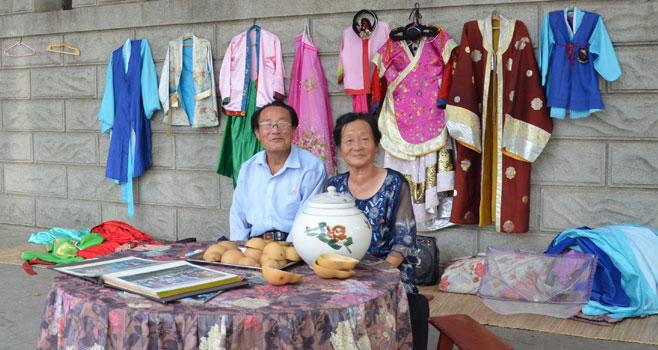
Day 3
Early in the morning we moved out in the direction of the Demilitarization Zone. On the way we visited the ancient tombs of King Konmin, which is a UNESCO site.
In the DMZ we were walked through the historical constructions of blue blocks with negotiation rooms, where the negotiations are taking place. The whole region is full of military and you better behave at all times. From the balcony of the military building we could see the border and the South Korean land. Near the DMZ there was a souvenir shop – where they sell hand painted propaganda posters (35 EUR) or stamps collections with propaganda motives (6 EUR)
The Demilitarization Zone is around 5 hours drive from Pyongyang
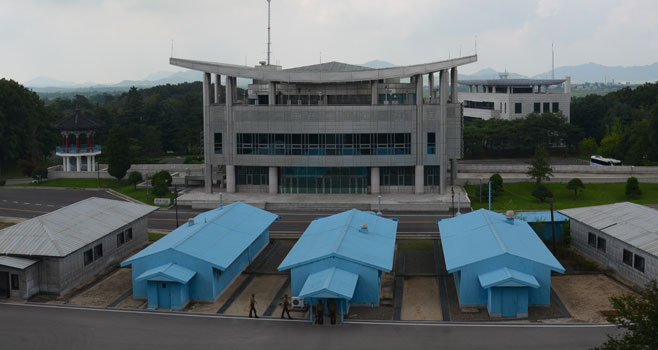
Day 4
Mount Myohyang – 5 hours drive to the North of DPRK where we visited a museum of presents to the DPRK leaders. The most generous one was, of course, the USSR – with presents like an airplane, train and cars.
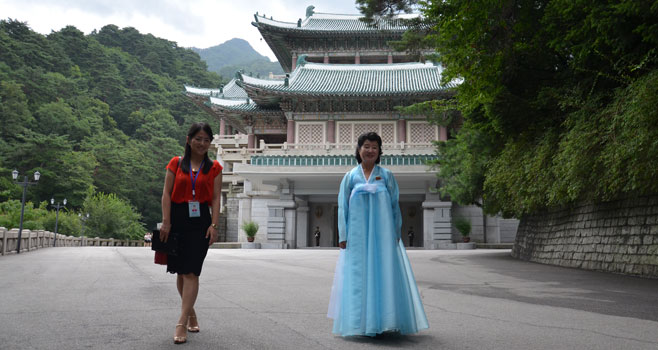
We were late returning to Pyongyang, so our War Museum visit was limited to one hour and we were quickly run through the wrecks of spy vessels like helicopters and airplanes shot down by the military as well as the whole US ship that were captured in the waters of DPRK.
Day 5
Liberation Day – we were expecting to see the Mass Dance ceremony and celebrations in the whole city of Pyongyang. In fact, we were brought to a square in front of the Party Foundation Monument where the locals in the national costumes gathered to perform the national dance after a one hour concert with patriotic songs by the military choir.
Later we saw Juche Tower and visited the National Library where we were allowed to take pictures and videos of the students learning foreign languages.
Next stop was the circus with acrobats. The performance started with a pole dance by a gymnast on a gun instead of the pole. The circus was filled with Western and Chinese tourists.
Our guides took us to the local supermarket where we were allowed to exchange few dollars to the local currency and shop with the locals, however, that was again a supermarket for the upper privileged class.
In the afternoon we went to the Public park to see the local people enjoying the picnic and folks dance.
To finish the day we visited the Pyongyang Metro (the deepest in the world with 360 feet) and went to the Moran Park to get a roller coaster ride.
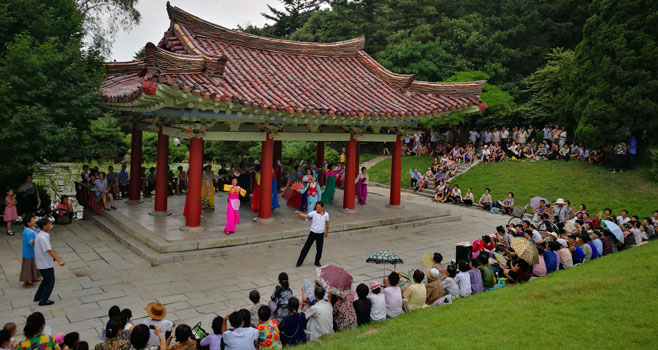
The next day morning was our flight back to Beijing. I must admit, even having followed all the rules and restrictions during the trip, I was releaved once the airplane took off the ground and even more so, when I touched the ground in China.
Soviet Union (USSR) and North Korea similarities
Former USSR citizens, which I also am, might feel almost like a travel back in time to 60es-70es behind the “iron curtain”.
Same as in the USSR tourists are not under any circumstances allowed to move around without their guides.
Citizens of USSR were taught to avoid eye contact with the foreigners as eye contact or any form of interaction would be considered “conversing” with the enemy.
Tourists were allowed to visit only certain cities in the USSR – which is the same in DPRK – the government wants to show only the bright side of life in the country. In every “opened for visitors” city of USSR there were special hotels called “Intourist” that were only meant for the foreigners.
Common citizens of USSR had to do their groceries in local shops with almost empty shelves and long ques. Everything was rationed, you couldn’t just buy as much as you want, but only the certain amount your state considered you would need monthly. Big stores with lots of different products were only made for show to tourists, accessible only for foreigners and few privileged citizens. I suppose, this is the case in North Korea as well.
Citizens of the USSR were not allowed to leave their city or village of origin without special permission, which was almost impossible to acquire. This policy is also applied in DPRK.
Main goal of the tourism industry in the USSR was to convince the foreigners that everything was amazing and people were happy and well fed, looking busy doing their duty for the motherland. In DPRK we were shown only happy people enjoying themselves in the parks and dancing in their national costumes during the National day celebrations.
I remember my mother telling me that when she was a child in the 60es she used to believe that she was so so lucky to had been born in the USSR and being the citizen of the great country, and how unlucky the rest of the world was, as they had to live in a cruel capitalist society. As most of North Koreans don’t know how the “cruel capitalist society” lives, they might also consider themselves the happiest nation in the world ruled by the best leader.
Soviet Union (USSR) and North Korea similarities
Food in DPRK
Currency
Entertainment in North Korea
5 Days Trip in North Korea (DPRK)
Taking pictures in North Korea (rules)

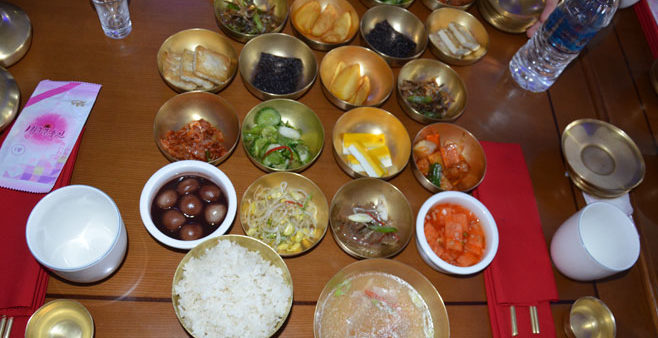
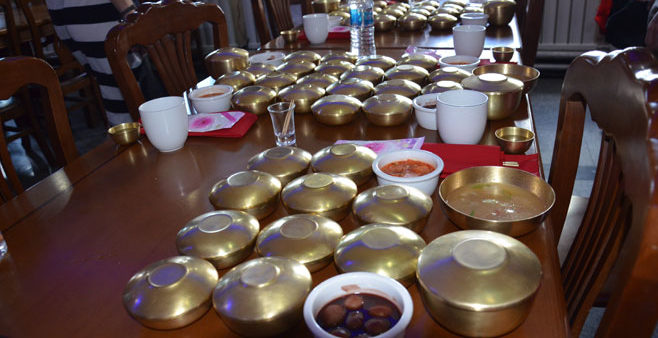
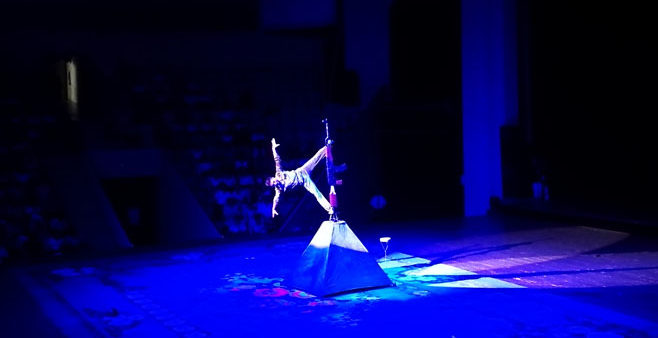
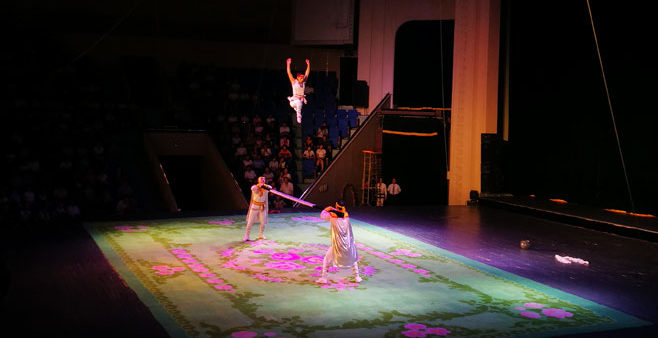
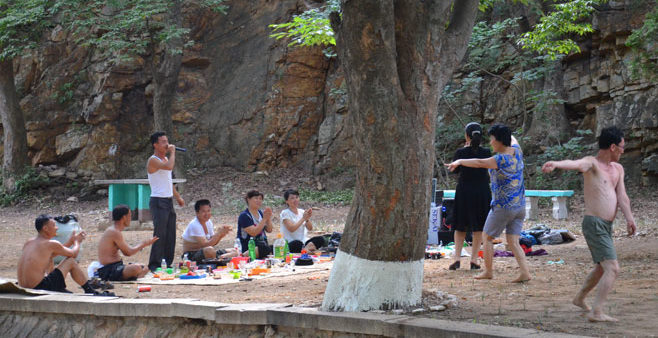
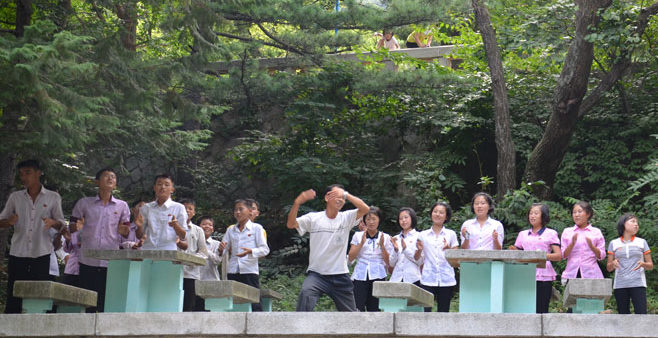
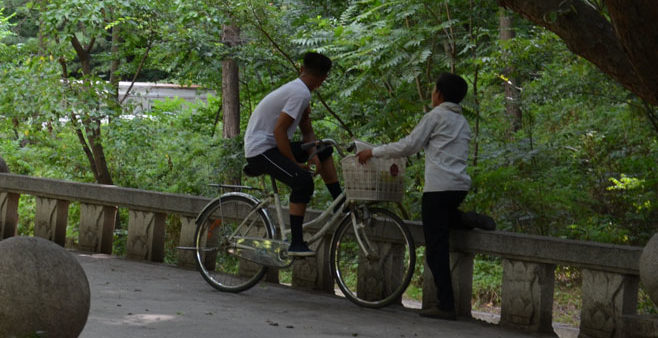
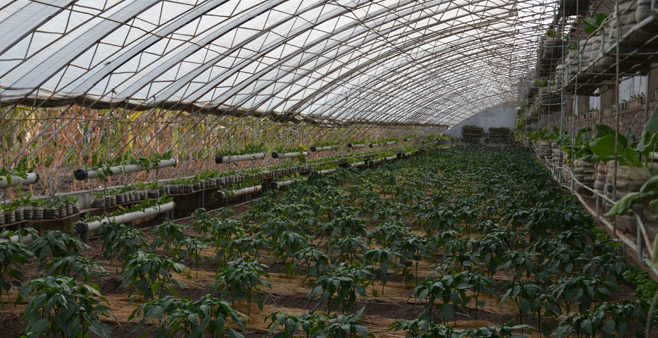
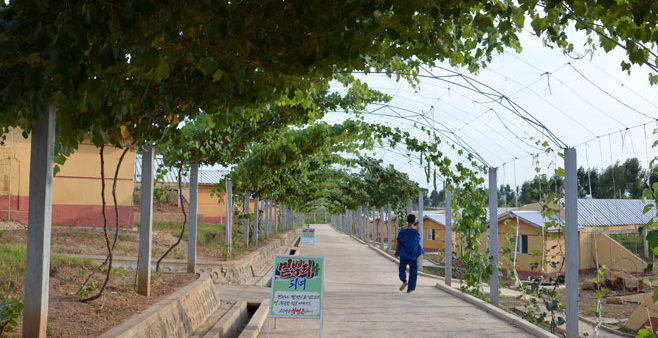
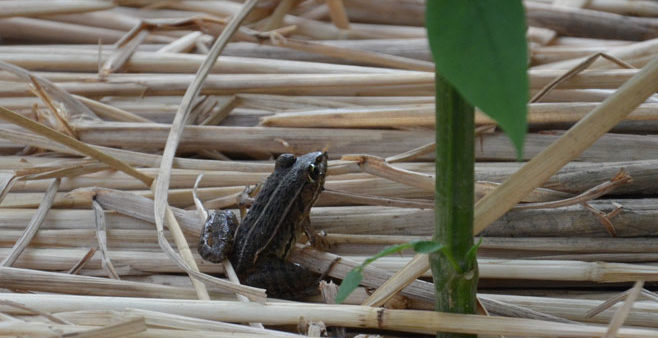
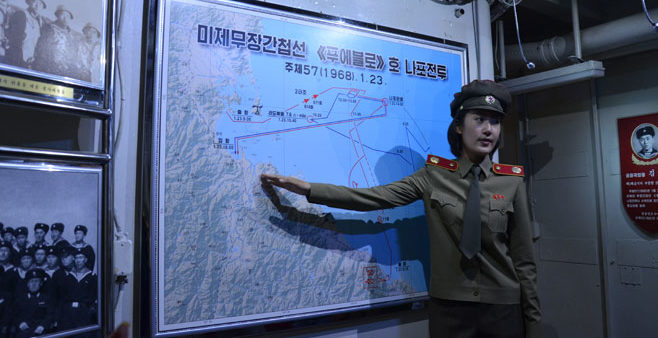
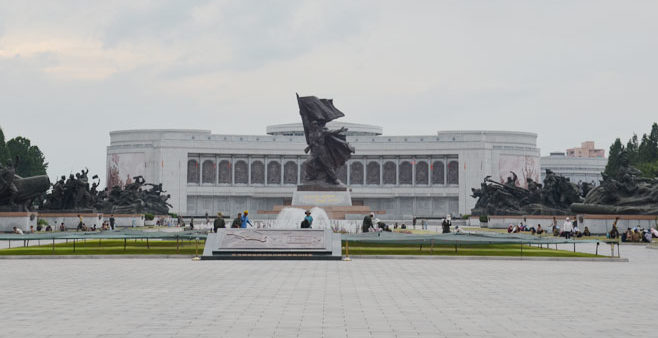
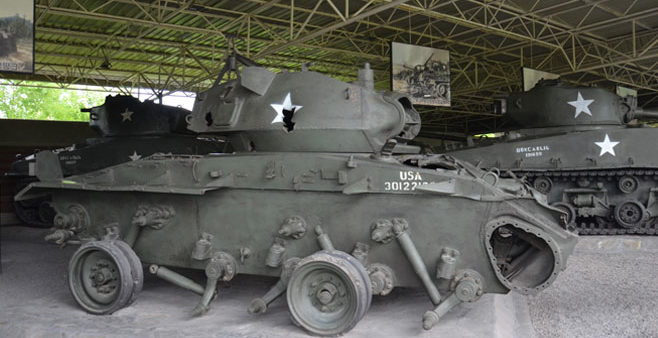
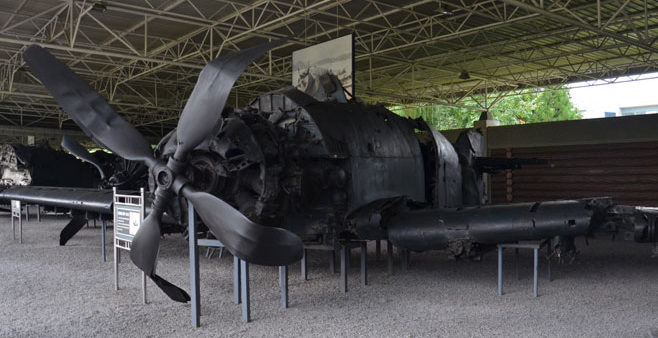
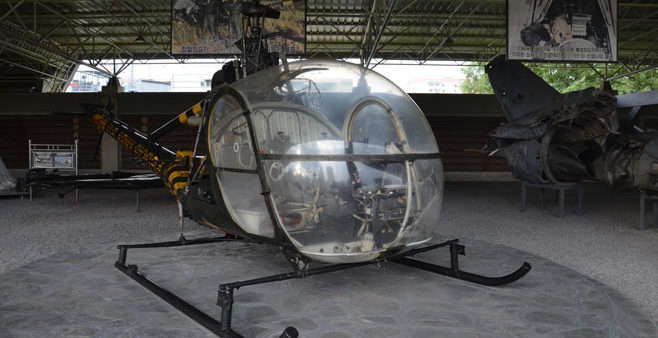
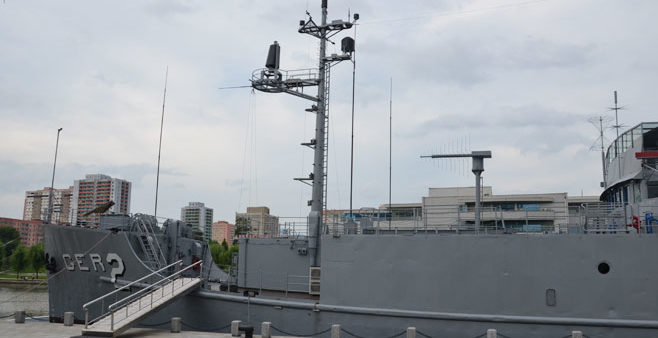
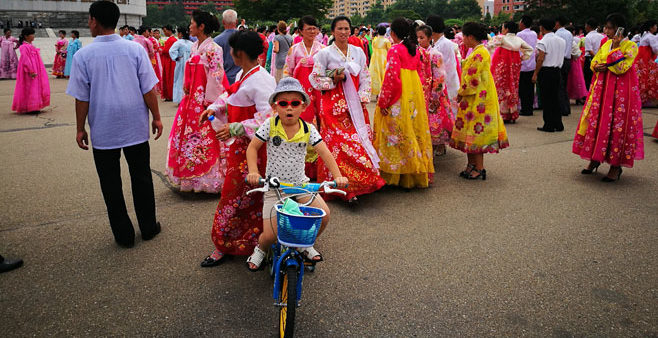
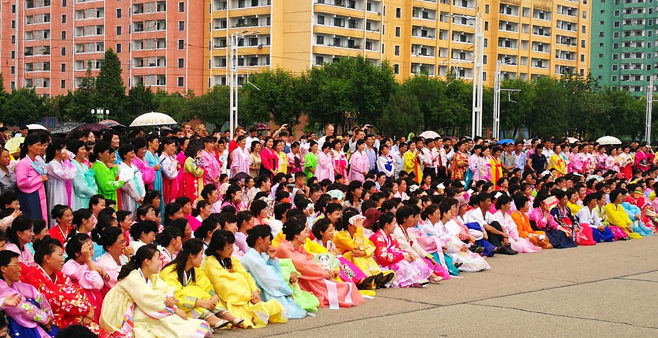
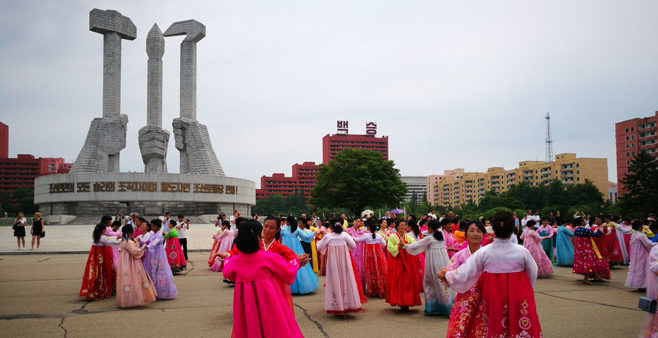
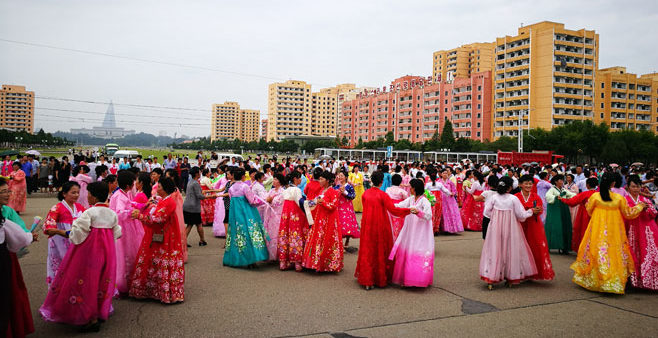
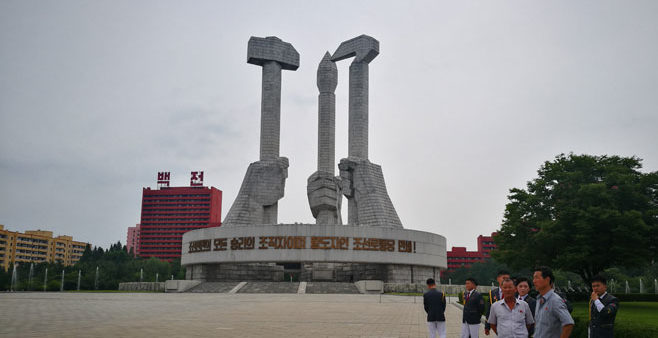
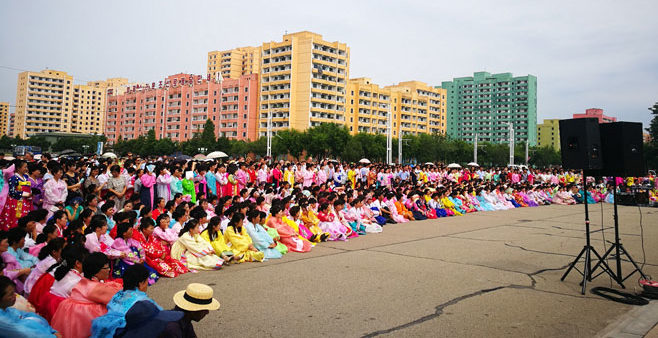
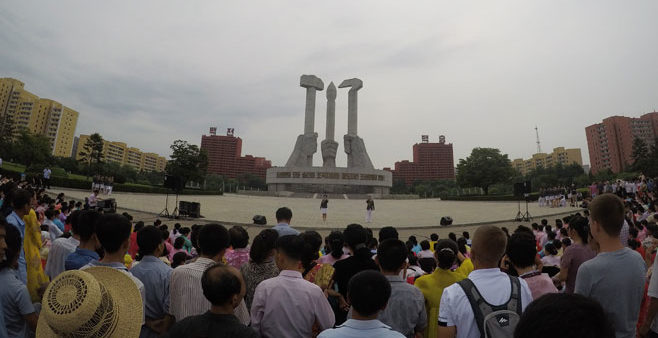
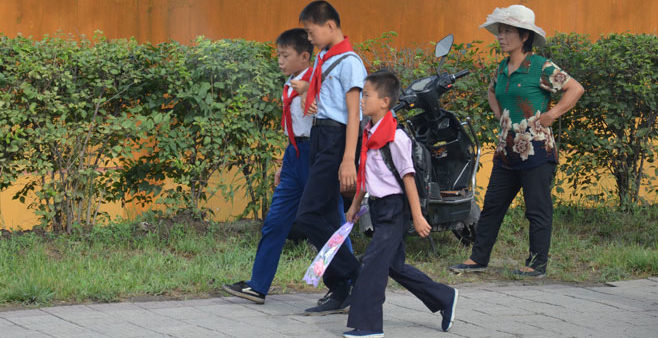
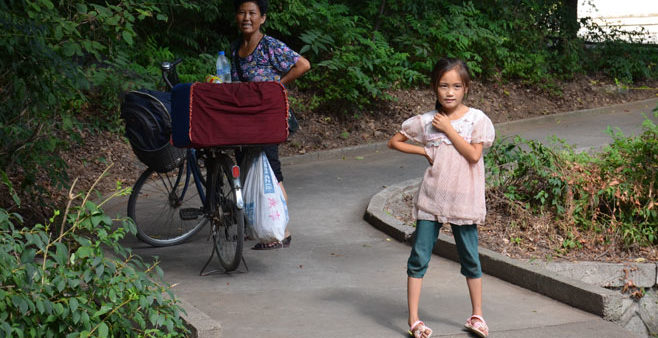
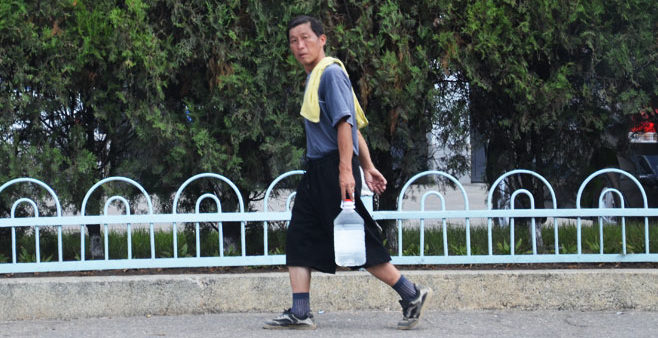
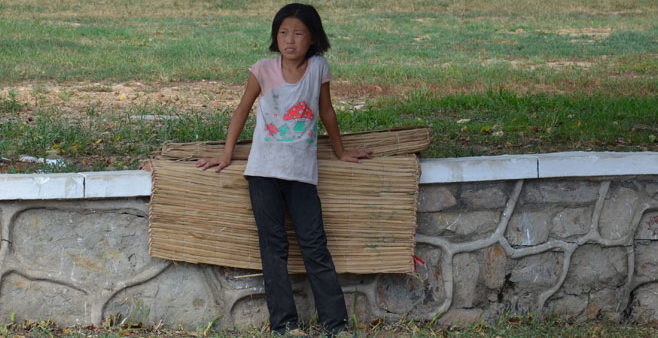
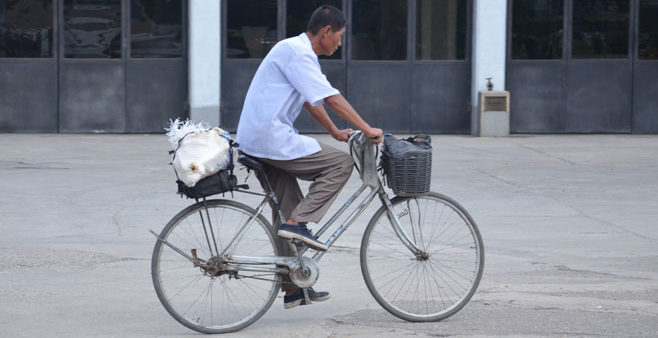
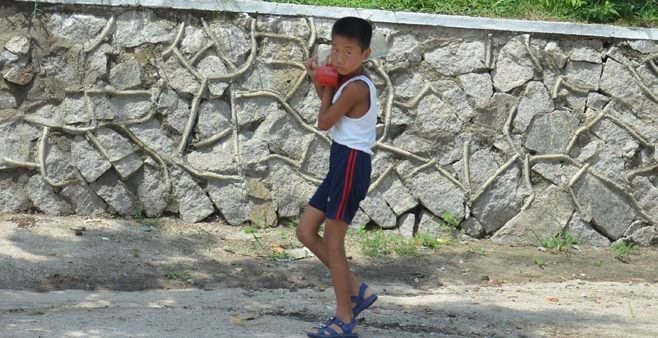
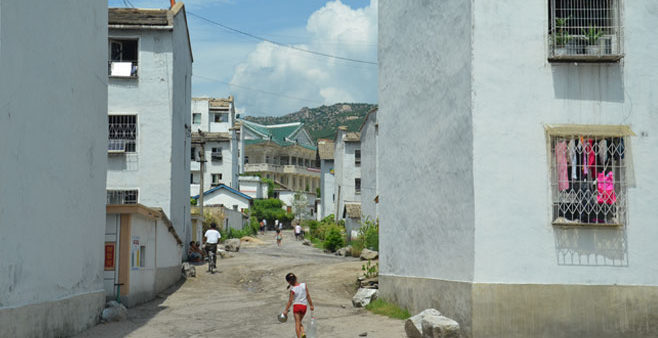
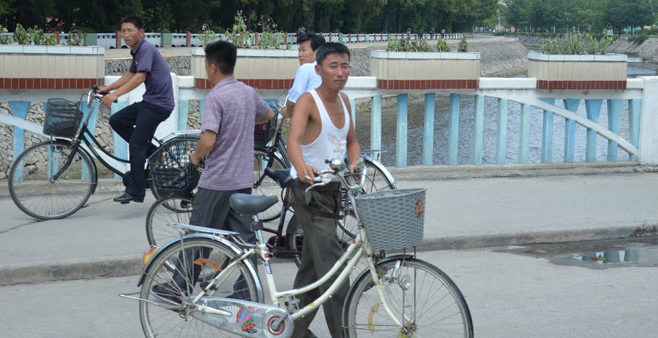
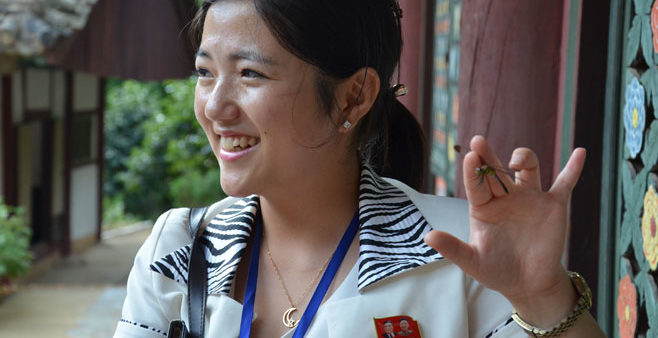
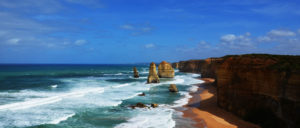
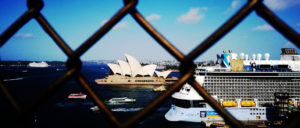
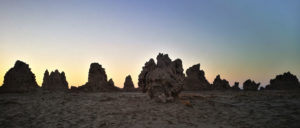
Comments
Do you need to justify that? Haha
I have been exploring for a little for any high quality articles or blog posts on this kind of area . Exploring in Yahoo I at last stumbled upon this web site. Reading this info So i am happy to convey that I’ve a very good uncanny feeling I discovered exactly what I needed. I most certainly will make certain to do not forget this site and give it a look on a constant basis.